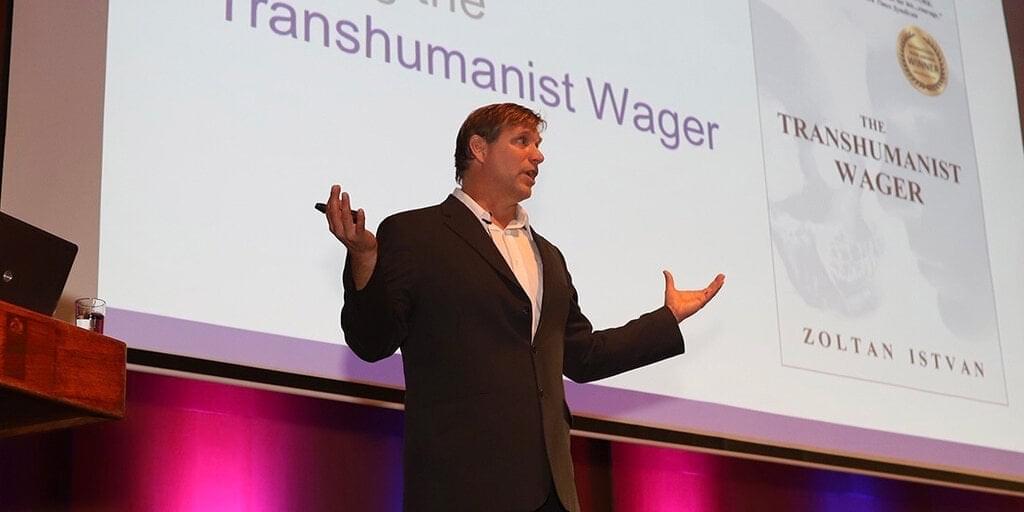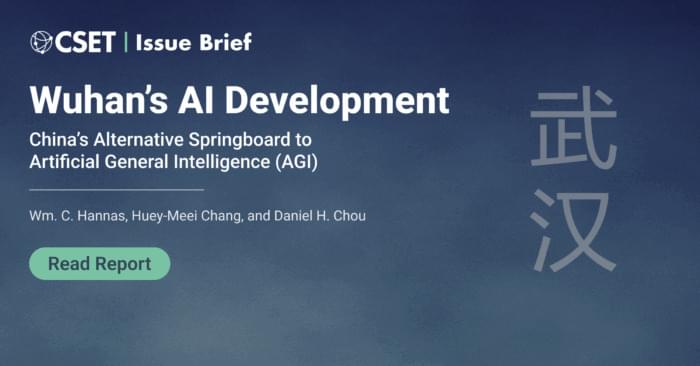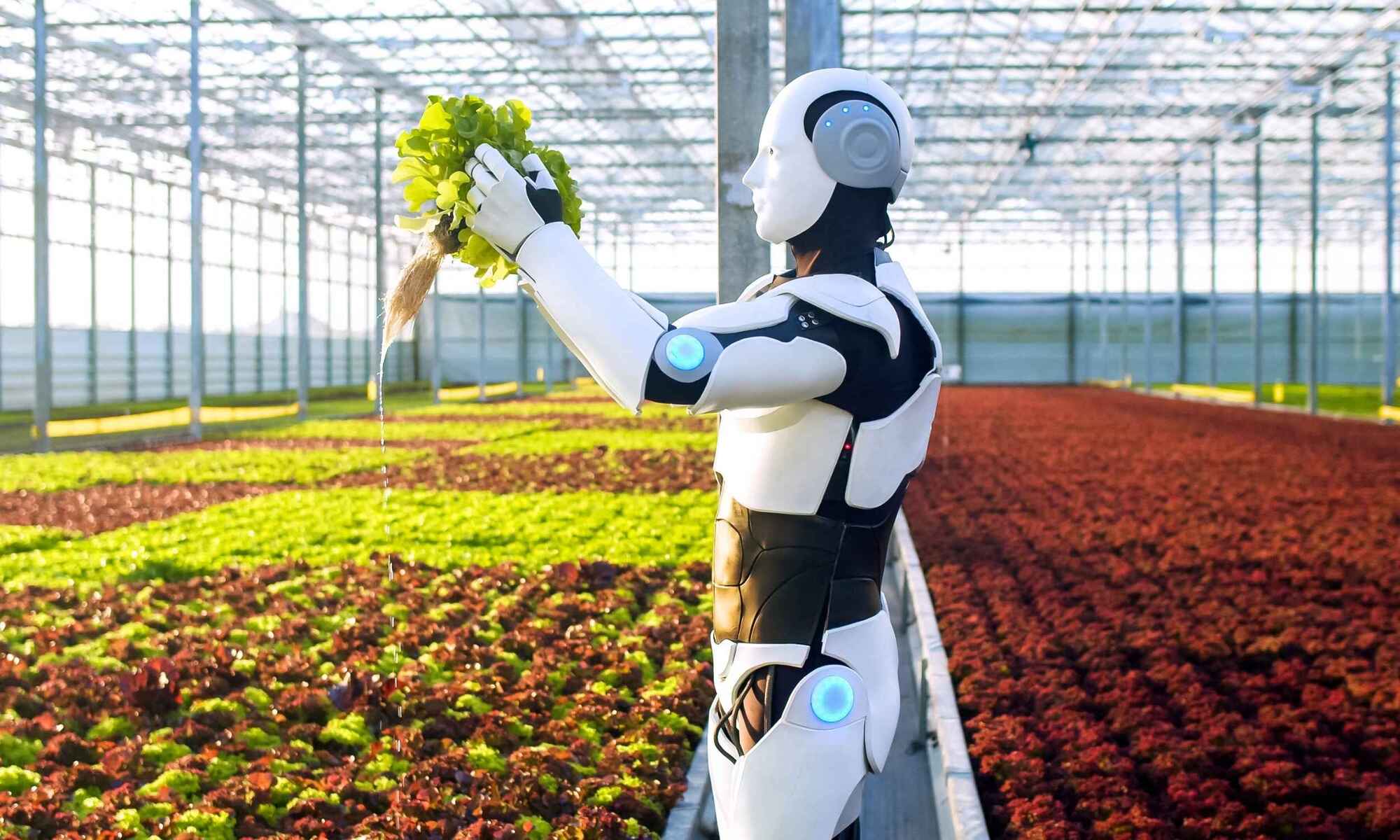Running to lead California, Zoltan Istvan said the state needs Universal Basic Income and robots before jobs begin to vanish.



Wuhan, China’s inland metropolis, is paving the way for a nationwide rollout of “embodied” artificial intelligence meant to fast-track scientific discovery, optimize production, streamline commerce, and facilitate state supervision of social activities. Grounded in real-world data, the AI grows smarter, offering a pathway to artificial “general” intelligence that will reinforce state ideology and boost economic goals. This report documents the genesis of Wuhan’s AGI initiative and its multifaceted deployment.

Artificial intelligence (A.I.) has recently become a buzzword in so many aspects of our lives, but it has been used to some degree in health care for a while. One area of health care where A.I. has made significant strides is the diagnosis and treatment of prostate cancer.
“We are just at the tip of the iceberg of utilizing A.I. for prostate cancer,” says Dr. David D. Yang, a radiation oncologist with Harvard-affiliated Brigham and Women’s Hospital and Dana-Farber Cancer Institute. “So far, it has been shown to help improve the care for men with prostate cancer in limited, yet effective ways.”

Peggy Johnson, CEO of Agility Robotics, discusses how humanoid robots like Digit are transforming logistics and manufacturing. She speaks with Bloomberg Businessweek’s Brad Stone about the rapid advances in automation and the next era of robots in the workplace at Bloomberg Tech in San Francisco. (Source: Bloomberg)

Plant DNA has become a frontier for artificial intelligence, with large language models turning genetic sequences into interpretable content for researchers. These tools treat bases like words, revealing hidden patterns that once eluded traditional methods.
A study published by Dr. Meiling Zou from Hainan University describes how language-based models interpret extensive plant genomes with remarkable precision.



Humans no longer have exclusive control over training social robots to interact effectively, thanks to a new study from the University of Surrey and the University of Hamburg.
The study, which will be presented at this year’s IEEE International Conference on Robotics and Automation (ICRA), introduces a new simulation method that lets researchers test their social robots without needing human participants, making research faster and scalable.
Using a humanoid robot, the research team developed a dynamic scanpath prediction model to help the robot predict where a person would look in a social setting.
Can one person run a business like a team of ten? In this episode, we explore how AI empowers solopreneurs to scale faster, automate smarter, and compete at…